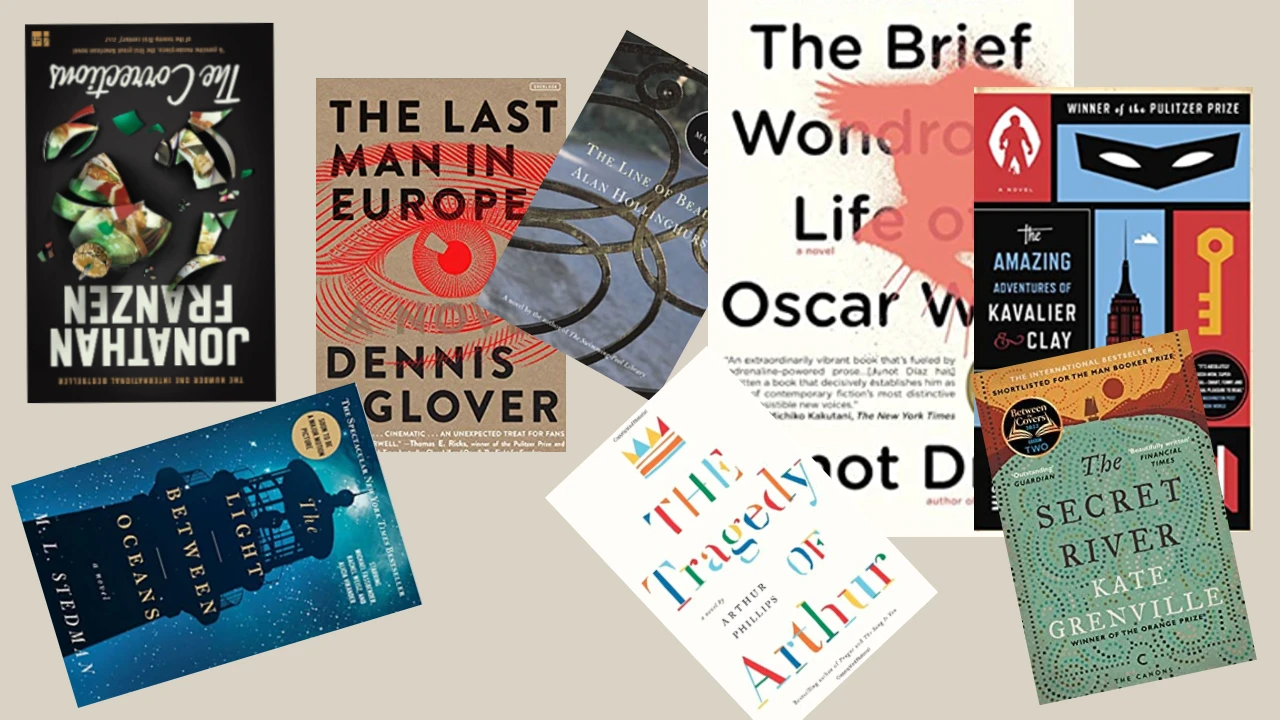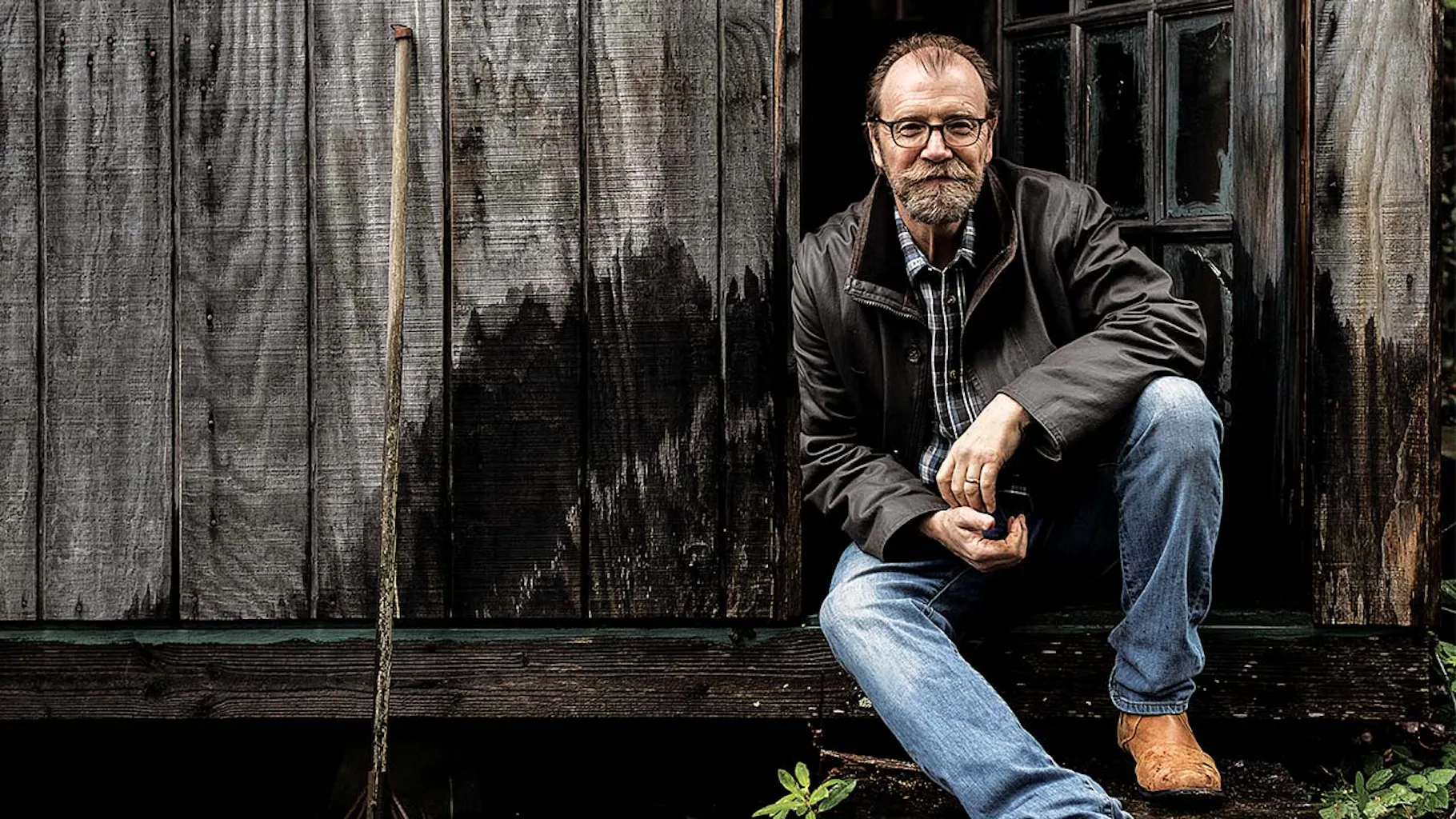
Newsletter Subscribe
Enter your email address below and subscribe to our newsletter

Enter your email address below and subscribe to our newsletter

This content may contain affiliate links. When you buy through these links, we may earn an affiliate commission.
Yup! Saunders’s got it! The National Book Award for Distinguished Contributions to American Letters. And he is the youngest to get this lifetime award since, what’s her name, Judy Blume, which in my opinion should’ve been given someone ele back in 2004, but that’s okay. Saunders now sits at the top of American literary world, alongside Toni Morrison, Robert Caro, and Edmund White. Yeah, this was inevitable. As for what’s next for Saunders? I suspect the Nobel Prize for Literature should come his way sometime in the next decade.
Saunders’ path to literary stardom is as unconventional as his writing. Born in Amarillo, Texas, in 1958 and raised in Oak Forest, Illinois, Saunders didn’t grow up as an avid reader. His early years were shaped by influences as diverse as television, Jaws, and Dick Cavett, rather than classic literature. He pursued a degree in geophysical engineering at the Colorado School of Mines, a far cry from the literary world. Yet, a high school American literature teacher sparked his interest in writing, planting the seed for a career that would later flourish.
Before becoming a literary icon, Saunders worked a variety of jobs, from door attendant to roofer to slaughterhouse knuckle-puller. It wasn’t until 1988, when he earned his MFA from Syracuse University’s creative writing program, that his writing career began to take shape. There, he met his wife, Paula Redick, a fellow student, and has since remained a beloved professor at Syracuse since 1997. His early writing, he admits, was dense and inaccessible, driven by a belief that “serious fiction” should be difficult to understand. But a pivotal moment came when he experimented with playful, Seussian poems, which his wife found genuinely funny, encouraging him to embrace humor and accessibility in his work.
If you’ve ever read Tenth of December or CivilWarLand in Bad Decline, you know Saunders’ style is hard to pin down. It’s funny, but also devastating. Satirical, but not cruel. Social critique wrapped in surreal, sometimes absurd settings. And somehow, in all the strangeness, his stories make you feel more human.
His jump to novels with Lincoln in the Bardo proved he could stretch his style without losing what made it work. Winning the Booker Prize for it cemented his place on the world stage. Saunders’ upcoming novel, Vigil, set for release in early 2026, promises to continue his exploration of human complexity, following an oil company CEO facing his final moments. This evolution from short story maestro to novelist showcases Saunders’ versatility and willingness to take risks.
Saunders isn’t just writing books—he’s shaping how we think about literature. A Swim in a Pond in the Rain breaks down Russian short stories in a way that feels like sitting in his classroom. His Substack is basically a rolling workshop. And then there’s his 2013 Syracuse convocation speech, which went viral for its blunt but moving reminder to choose kindness. That’s exactly it.